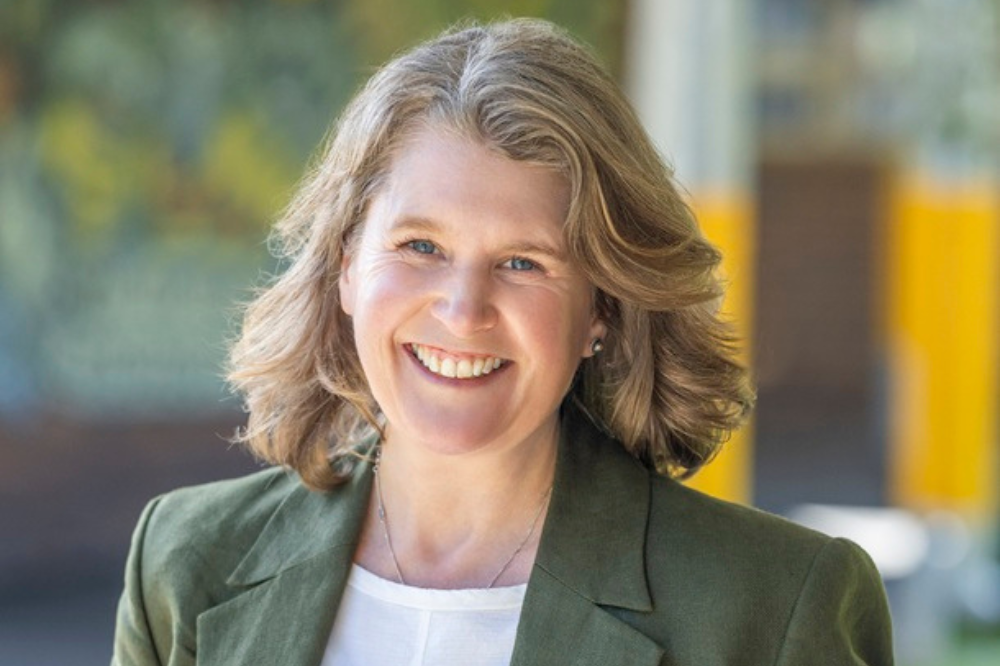
A growing number of reports show the divide in education achievement and wellbeing between children from Australia’s most advantaged and disadvantaged backgrounds remains.
According to recent OECD data, 88% of advantaged students achieve above proficiency in mathematics, highlighting a 31-percentage point gap between the top and bottom quartiles of socio-economic status.
In terms of student wellbeing, the University of Adelaide's 2023 State of the Nation Report found that 27.4% of primary and 35.9% of secondary students report high levels of anxiety and depression, with disadvantaged students disproportionately affected.
To help schools combat disadvantage in their communities, national not-for-profit Australian Schools Plus has been empowering teachers in disadvantaged communities with funding, coaching and resources to create lasting change in their school.
Australian Schools Plus CEO, Sherrill Nixon, says despite the gloomy headlines about the persistent divide between education’s have’s and have-not’s, the charity has witnessed some positive developments.
“A big one has been the spotlight on student wellbeing. Called out as one of three priority areas in the Better and Fairer Schools Agreement, positive wellbeing is now widely acknowledged as a crucial foundation for learning and achievement,” Nixon told The Educator.
This year marked a significant milestone for Schools Plus, with the charity celebrating its 10th anniversary, and a decade of transforming the lives of more than 550,000 young people across Australia.
“Through our work with disadvantaged schools, we’ve been tracking the rise in poor wellbeing - and its manifestation in higher absenteeism, classroom aggression, disengagement and anxiety – since before it was exacerbated by COVID-19 and natural disasters,” Nixon said.
“This year, our 'Every Child, Every Opportunity' report highlighted the growing challenges and the great ways in which schools are supporting students.”
Strategies Australian Schools Plus has helped implement with success include wellbeing navigators, school-based wellbeing hubs, and greater professional development for teachers.
“In the coming year, we’ll advocate for more funding from philanthropy and government to expand these solutions further,” Nixon said.
“Our school partner, Berri Regional Secondary College in South Australia, is just one example of a thriving school-based wellbeing hub.”
Nixon said the hub has been “a lifeline for the community”, providing essential health and social support services to over 400 students, improving attendance and fostering a positive culture and stronger school-community partnerships.
“Another positive development we’ve seen is the innovative approaches schools are taking to ensure students are future-ready,” she said.
“As technology continues to reshape society and the job market, digital literacy and 21st century skills like critical thinking, problem-solving and creativity are paramount.”
One example of this, says Nixon, is Australian Schools Plus’ partnership with a cluster of 11 Queensland schools, led by Beenleigh State High, in a three-year initiative.
“By upskilling teachers and fostering partnerships with universities, TAFE, and industry, we aim to create meaningful pathways for students to equip them for the future workplace,” she said. “We’ve now worked with over 1,800 schools around Australia, but there’s still so much more to do.”
In 2025, Schools Plus will have a big focus on creating opportunities for children in regional and remote communities, and on forging stronger partnerships with schools, government, philanthropists, and other key stakeholders to influence system-level change, says Nixon.
“My hopes for 2025 include increased resources for the schools that need it most and greater support and recognition for our hard-working teachers, who dedicate their lives to shaping the people who will determine the sort of country we become.”


